Fehrplay talks about his favourite synths and mixing technique
We take a look in the prog-house producer's studio
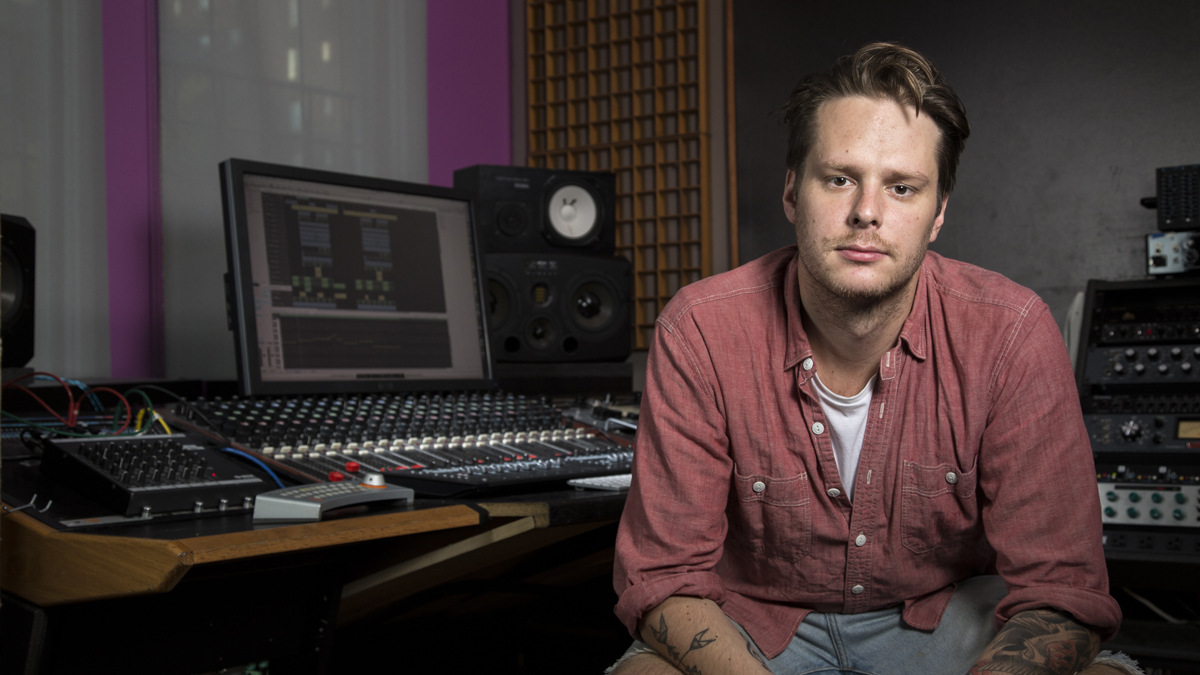
Fehr's Fehr
Since debuting in 2009 with the cheeky, piano-tinged Big Room Prog stomper Wejiouna, Jonas von der Fehr’s career has gone from strength to strength. He’s scored releases on Pryda Friends, mau5trap and Armada, remixed Röyksopp and deadmau5, and has been supported by everyone up to and including Pete Tong.
Much of Fehrplay’s work is doused in cascading synth melodies, and the heady sounds of euphoric trance are clearly an influence on his epic take on progressive house. We tracked Jonas down, both on the White Isle and in his NYC studio, to discuss synths and discover how he makes his tracks.
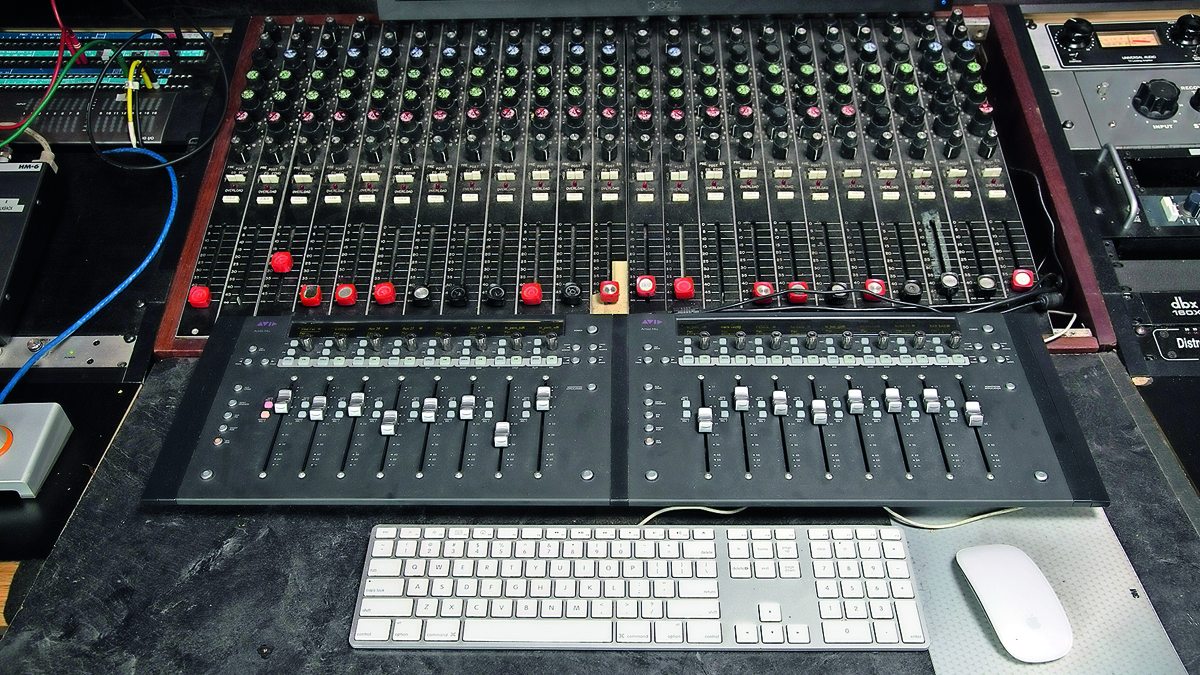
Starting out
How did you get into making music?
“My parents were into music. There was all this music in our home. I started playing piano, and I got my first computer when I was 12, and my first software was eJay! The one I used the most was Dance eJay. It was great; I made a whole album on eJay!
“Obviously it’s just dragging samples around, but it was a lot of fun. From that I progressed onto Fruity Loops, which was a big change because you could make your own samples. Then it was Reason, and then Logic which is what I use now.”
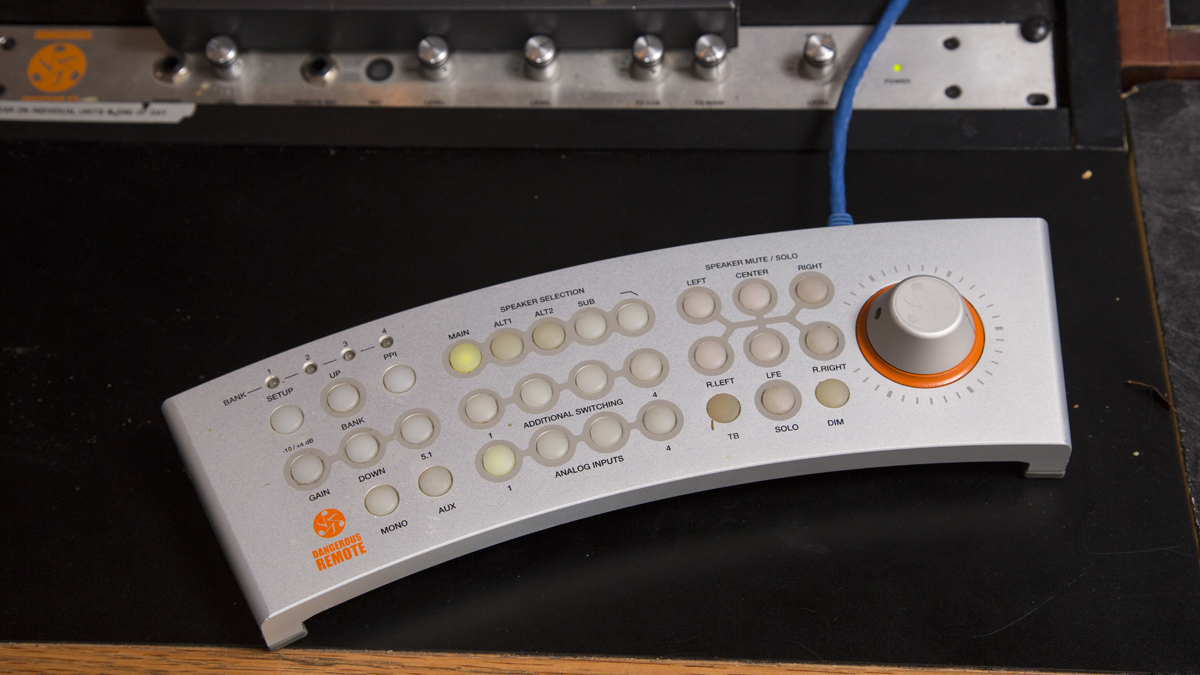
In the box
Are you predominantly ‘inside the box’?
“I would say so. I do use some outboard gear and some synths, but it’s mostly for bussing and master bussing stuff. Obviously, hardware is expensive. I have a great SSL X-Logic Stereo Compressor, which I use on my busses and it’s amazing. It just glues everything together!
“I use Neve preamps which are great on vocals and bass, just to give them a bit of hardware drive. And honestly, I think most plug-ins these days emulate hardware perfectly, except for when it comes to saturation and distortion. You just can’t get a good distortion in software – it’s impossible. It just sounds digital however you do it. That’s my opinion at least. That’s why I really like hardware distortion – you can just drive it, push it, and it just sounds so nice.
“That’s definitely changed how I work a little bit, because it takes more time when you’re producing. You have to record everything through outboard gear, and if you change your mind later – which I do quite a lot – you have to do it again! But it’s worth it in my opinion.”
Have you developed any workflows that allow you to replace these sounds more quickly?
“Yes definitely. Waves has this SSL compressor plug-in, which is supposed to emulate the one I have in hardware. It doesn’t have that warmth, which is why I’m using the outboard hardware, but when I’m working on my laptop I’ll put it on the places where I know that I’ll use the actual compressor later. And the same a little bit with the Neve preamps; I use Waves Scheps 73, which is basically just a preamp and you can drive it a little bit.”
What other ways do you apply saturation to your mixes?
“I really adore the plug-in Vintage Warmer 2 by PSP; I think that’s great as well. I try not to get it too saturated or distorted, but it just gives it that extra kick. I especially put it on my kick and bass busses to work its magic, just for a little, subtle effect. I also use a lot of Logic’s effects.”
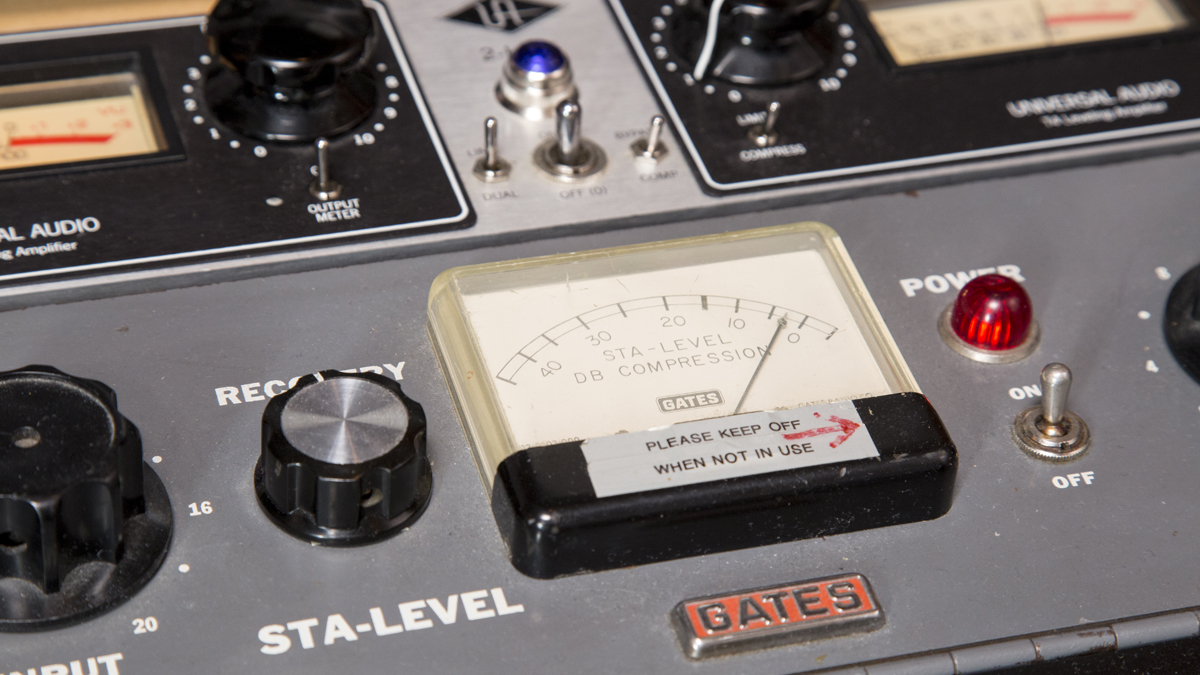
Moog vs Sequential
What other hardware do you use?
“I use a few synths. I had an Access Virus TI which I sold about six months ago – it was a bit too Trance for me. It was good for me a few years ago when I was looking for that very progressive sound. Now I’m looking for a more retro sound. I’m saving up to buy the new Prophet-6 which I’ve just tried and it’s unbelievable.
“It’s actually between the new Moog Sub 37 and the Prophet-6 really. The price is crazily higher on the Prophet, but I spent four hours on it last time and it’s amazing, so maybe it’s worth it.”
What is it about the Prophet you like so much?
“Well first of all anything you make with it sounds good. I just had a feeling that you don’t even need to process anything; all the sounds are just top-notch. And the creativity of it is amazing. I like the fact that there’s no digital screen on it or anything. But the Moog has amazing bass sounds so that’s important.
“I’ve used the Little Phatty for a few basslines, and what I love about it is that you just automate it while it’s recording. It’s very inspiring to use hardware in that way. I’d love to use more hardware, but everything in time I guess. I don’t actually own a Moog. I just borrowed it from a friend; a lot of them have Little Phattys. I wish Moog would come up with a proper soft synth themselves. We can dream!”
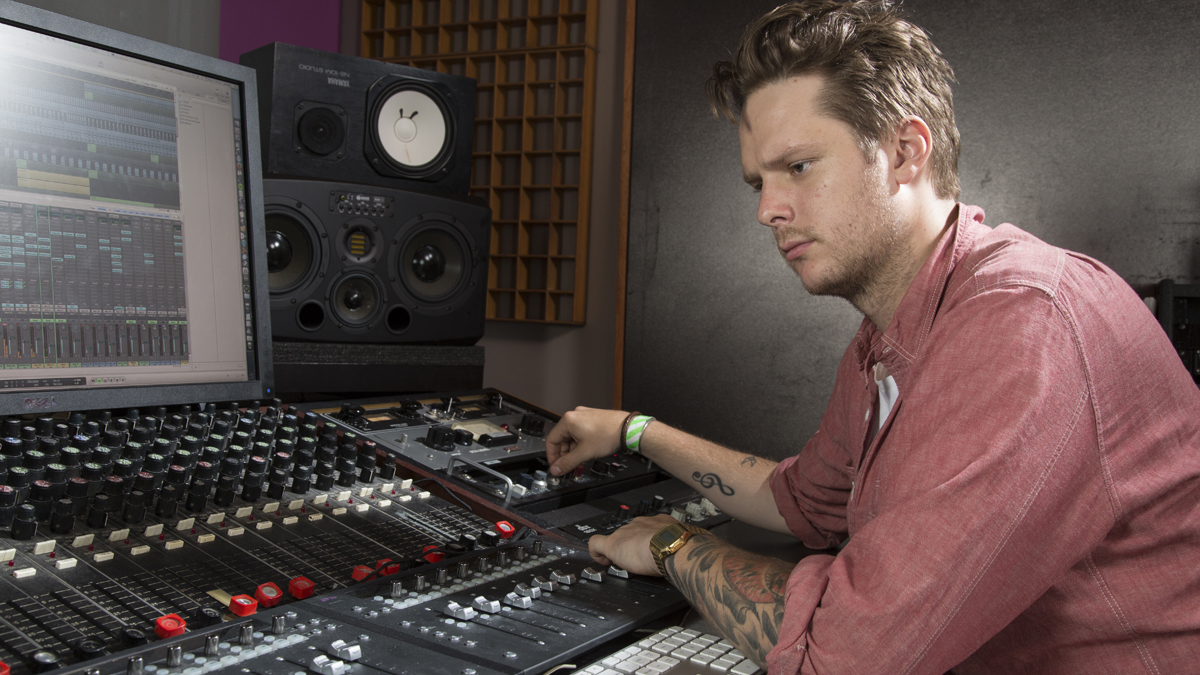
Softsynths
What software synths are you into?
“I use the Arturia pack all the time, which has all the classics like the Moog, the Prophet, ARP 2600... those are my go-to synths. They’re kind of unstable though, and you have to have a USB key to use them. I use a lot of the Logic synths like ES2, ES M and ES P quite a lot, and they don’t use a lot of CPU.
“I’ve always struggled with Logic on every Mac I’ve ever had. I always get crashes once I’m far along in a project. It just crashes and crashes and the CPU overloads. I tend to have way too many channels: I have up to 100 channels in most of my tracks! That doesn’t means they’re really complex, it’s just a lot of layering. One pad could be six or seven pads, one clap could be seven caps, you know? It’s not a good workflow, but it’s always just been the way I’ve done things, so whatever works! I envy people that don’t have to do that.
“I love the Korg M1. I’ve got to say it’s the most beautiful-sounding soft synth I’ve ever had – it almost sounds like the real thing! It’s quality, and it doesn’t crash. Other than that I use some of the u-he synths – ACE for example is really good – and I’m trying to get into Xfer Records Cthulhu. It’s an arpeggiator and chord generator, and it’s pretty fun, but it’s still kind of Greek to me!
“What’s funny is after watching Interstellar I got hooked on organs! So I went to find the best- sounding, proper pipe organ there is, and I found this one from someone called Milan Digital Audio called Hauptwerk. It’s a 40GB library of just two organs! The sound is unbelievable. It’s kind of funny as I don’t think a lot of people know about it, but it’s completely insane. I’m working on quite a few new tracks with that in it. You don’t really hear that pipe organ a lot in club music, so I’m going to try it out!
“I do have Sylenth1, but I’ve tried to stay away from it because it’s something that everyone uses.”
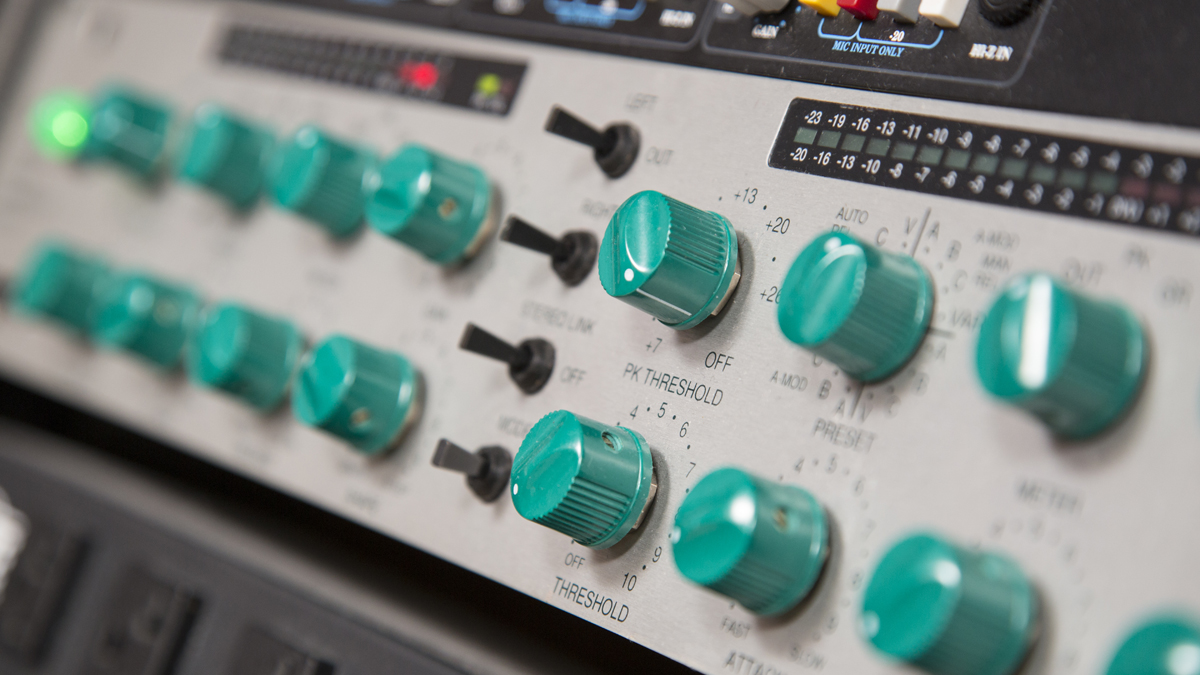
Beats international
How do you make your beats?
“I’ll usually start with a nice kick drum, and I’ve got some cool kick libraries that I love. I try to layer the kicks, but that can give you a lot of problems because, as soon as you start layering a kick in headphones, there can be gaps in its frequencies. You’ll mould a track or a mix in your headphones around that kick, and then it’ll sound really crap when you get it into the studio and you have to change everything. So I tend to start with a kick, and then add basslines and grooves and things that are easy to do in headphones. I love to experiment with grooves. I’ll maybe pick something from a percussion set like a bell or something like that, and add loads of delay effects that are kinda weird.
“Soundtoys are my go-to creative plug-ins. Crystallizer, EchoBoy and Decapitator are so much fun to work with. To make atmospheres I’ll just loop like a drum or something and then go full-on with the Decapitator. I’ll just have that in the background and mess around with its automation to get some texture in there.
“Most of the time it’ll start with a kick, bassline and a snare, because those are the fundamentals of a track. When you’ve got them you can just mould everything around that... That in itself could be enough to get people raving. I usually buss those three things together, because I want to have those three things glued together as much as possible and just smashing in your face! Then you can just layer things around it like lead synths and everything.”

Sidechaining
Do you still sidechain bass to kicks even though you’re bussing them together?
“Oh yeah, I’ll still definitely sidechain the bass. I always have to, just to get it pumping. I’ll sidechain the snare a little bit as well to get it snappy; I always sidechain the fuck out of basslines. I go -12dB sometimes, to get that really pumping sound. There was one track I made called Renegade on mau5trap, it was like -14dB, to really let the kick be out there.
“So first I sidechain the bass with the kick to take out some of the frequencies in the bass where the kick has its prominent energy. Then I’ll find a snare which will usually be a simple, snappy snare, and I would layer that later with claps for the stereo image. But to begin with I just want that snappy, mono snare, like a 909 snare basically. I’d put some saturation on that snare to make it sound a little bit more grungy; that’s where the Vintage Warmer comes in useful.
“On the buss I’d start with the C1 Compressor from Waves. It’s really, really tight when you get it right. Then I’d put the Vintage Warmer on. Some people argue you should put saturation before the compressor – sometimes it works better, sometimes it doesn’t. From there it’s just a matter of maybe EQing a little bit, and sometimes I’ll slap a limiter on there just to get it loud.
“Then I like Sausage Fattener, really subtle, just at maybe 3% or something, because it can make a radical, radical change when it kicks in. So by then it’s got a lot of processing on it, and that’s enough sometimes you know! Sometimes I parallel compress it as well, send it to a different buss, and then really, really smash the shit out of it. I’ll have that little bit on the top, then EQ out the bottom-end.
“I’ve struggled for years to get that buss perfect, and I think I have it now. I’ve taken away more stuff from that buss than I’ve added, because all you need is an EQ, a good saturator and a good compressor.”
For the full interview check out Future Music issue 297, which is on sale now!
Future Music is the number one magazine for today's producers. Packed with technique and technology we'll help you make great new music. All-access artist interviews, in-depth gear reviews, essential production tutorials and much more. Every marvellous monthly edition features reliable reviews of the latest and greatest hardware and software technology and techniques, unparalleled advice, in-depth interviews, sensational free samples and so much more to improve the experience and outcome of your music-making.


